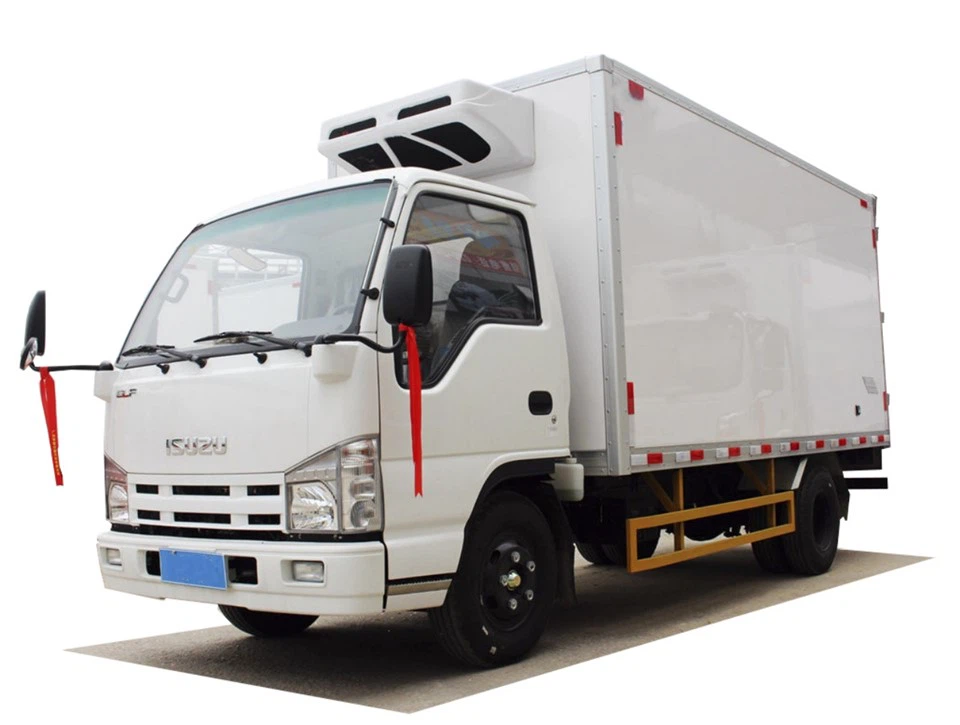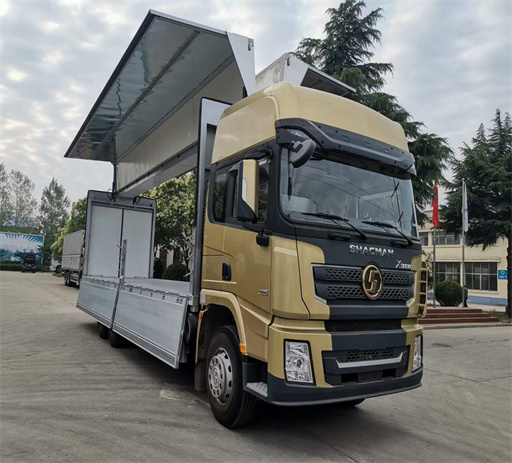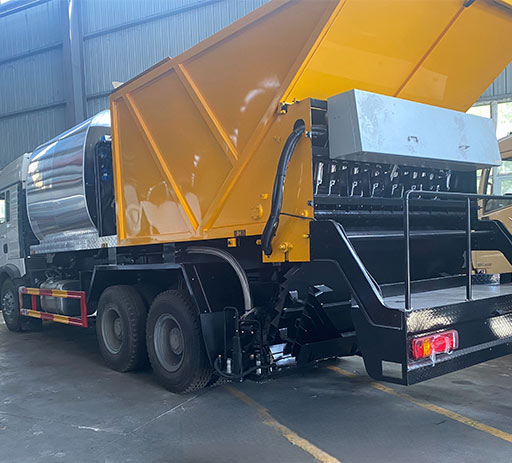Understanding Crudebox: The Comprehensive Guide

Introduction
In today’s digital landscape, managing data efficiently is crucial for businesses of all sizes. One innovative solution making waves in data management is Crudebox. This versatile tool simplifies the process of creating, reading, updating, and deleting data—tasks that are fundamental to anyone working with databases. In this article, we will explore the ins and outs of Crudebox, illustrating its benefits, features, and how it can be leveraged to streamline operations. Whether you’re a beginner or a seasoned professional, you’ll find insights and actionable tips that will enhance your understanding of this powerful tool.
What is Crudebox?
Crudebox is a lightweight data management tool designed to perform basic CRUD (Create, Read, Update, Delete) operations seamlessly. Developed with simplicity and efficiency in mind, Crudebox allows users to interact with databases without the need for extensive programming knowledge. This section dives into the core functionalities of Crudebox and what sets it apart from other data management systems.
Key Features of Crudebox
- User-Friendly Interface: Designed for accessibility, it offers an intuitive interface that simplifies database interactions.
- Cross-Platform Compatibility: Run Crudebox on various operating systems, making it versatile for different users.
- Robust Security: Implements advanced security protocols to protect sensitive data.
- Customizable Templates: Users can create custom forms and templates to suit specific needs.
Benefits of Using Crudebox
Utilizing Crudebox brings several benefits, including:
- Time Efficiency: Streamlines data entry and retrieval processes, saving valuable time.
- Reduced Errors: Minimizes the chances of human errors with structured data entry forms.
- Scalability: Adapts to growing data needs without compromising performance.
- Enhanced Collaboration: Facilitates teamwork by allowing multiple users to access and manage data concurrently.
Setting Up Crudebox
Getting started with Crudebox is straightforward. This section covers the installation process and initial setup steps to get you up and running quickly.
Installation Process
To install Crudebox:
- Download the latest version of Crudebox from the official website.
- Follow the installation wizard, which will guide you through the setup process.
- Configure your database connection settings in the provided setup interface.
- Once installed, open Crudebox to familiarize yourself with the layout.
Initial Configuration
After installation, it’s essential to configure the application:
- Set user permissions according to your team’s structure.
- Customize the dashboard for easy access to frequently used features.
- Integrate applicable plugins or extensions to enhance functionality.
CRUD Operations Explained
The core of Crudebox revolves around the CRUD operations. Here’s a deep dive into each of these operations.
Create
The create operation allows users to add new entries into the database. Here’s how to do it effectively:
- Navigate to the “Create” section in the menu.
- Fill out all required fields in the form that appears.
- Click the “Save” button to add the entry to your database.
Read
Reading data is crucial for analysis and reporting. You can retrieve information by:

- Using search filters to narrow down results.
- Exporting data into various formats like CSV or PDF for sharing.
Update
Updating existing records keeps your data current and accurate. The process includes:
- Selecting the entry you wish to modify.
- Making necessary adjustments in the edit form.
- Saving the updated data back to the database.
Delete
Deleting records can help manage database clutter. Remember to:
- Confirm the deletion by checking any warnings provided by the application.
- Use the “Delete” button cautiously to avoid losing important data.
Advanced Features of Crudebox
Beyond basic CRUD operations, Crudebox offers several advanced features that enhance user experience and functionality.
Data Visualization Tools
Crudebox includes built-in data visualization tools that allow users to:
- Create charts and graphs to represent data graphically.
- Utilize dashboards for a quick, overarching view of metrics and statistics.
Real-Time Collaboration
The application supports real-time collaboration, enabling multiple users to:
- Work on data simultaneously without interference.
- Track changes made by each user for accountability.
Automation Features
Automate repetitive tasks within Crudebox using:

- Custom scripts to handle routine CRUD operations.
- Scheduling functions to perform certain tasks during off-hours.
Common Use Cases for Crudebox
Crudebox can be utilized in various scenarios across industries. Here are some practical examples:
Project Management
Manage tasks, deadlines, and team assignments efficiently, ensuring everyone’s on the same page.
Inventory Management
Track stock levels, manage reorders, and keep comprehensive records of products and supplies.
Customer Relationship Management (CRM)
Store customer data, track interactions, and facilitate communication, leading to better service delivery.
Tips for Using Crudebox Effectively
To maximize the potential of Crudebox, consider the following tips:
Utilize Templates
Take advantage of templates for commonly repeated data entries to save time and maintain consistency.
Regular Backups
Always back up your data regularly to prevent loss due to unforeseen issues.
Engage with the Community
Participate in online forums and user communities to gain insights, share experiences, and learn best practices.
Frequently Asked Questions (FAQ)
1. What is Crudebox used for?
Crudebox is primarily used for managing database operations such as creating, reading, updating, and deleting records. It is designed for non-technical users who need to manage data efficiently.
2. Can I customize the interface?
Yes, Crudebox allows for significant customization options so users can tailor the interface to meet specific needs, including custom templates and dashboards.
3. Is Crudebox suitable for small businesses?
Absolutely! Crudebox’s user-friendly nature and scalability make it ideal for small businesses looking to streamline their data management without heavy investments in complex systems.
4. Does Crudebox provide customer support?
Yes, Crudebox offers comprehensive customer support through various channels, including tutorials, forums, and direct assistance.
5. What databases are compatible with Crudebox?
Crudebox is compatible with most SQL-based databases, including MySQL, PostgreSQL, and SQLite, among others.
6. Can I use Crudebox offline?
While Crudebox is primarily web-based, there are options to set it up for local database management that may allow offline access depending on your configuration.

Conclusion
With its focus on simplicity and efficiency, Crudebox emerges as a powerful tool for data management across various applications. By understanding how to leverage its features and best practices, businesses can improve their data handling processes significantly, leading to enhanced productivity and reduced errors.
